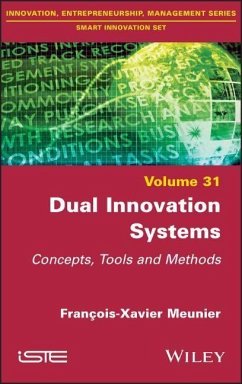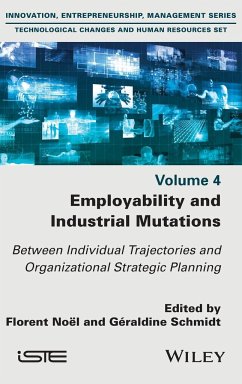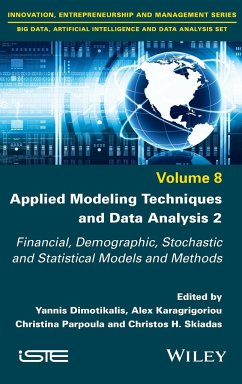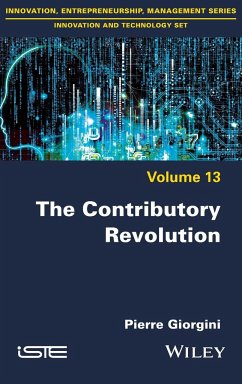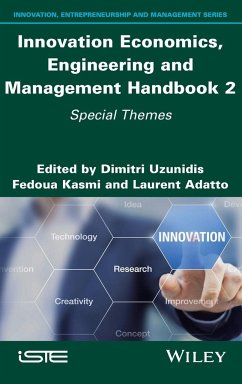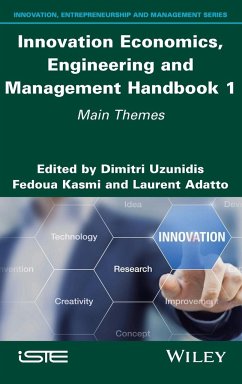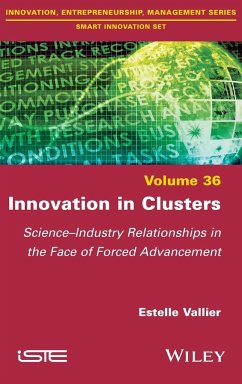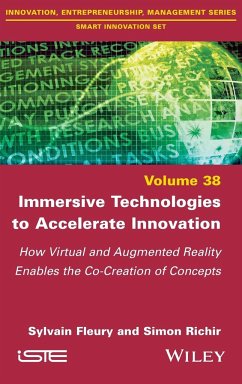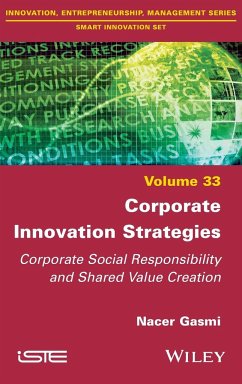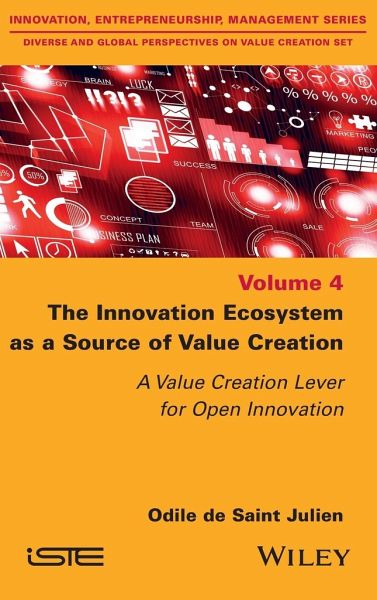
The Innovation Ecosystem as a Source of Value Creation
A Value Creation Lever for Open Innovation
Versandkostenfrei!
Versandfertig in über 4 Wochen
145,99 €
inkl. MwSt.
Weitere Ausgaben:

PAYBACK Punkte
73 °P sammeln!
Ecosystems have been present in the fields of economics and management for decades, and in recent years they have experienced rapid development. However, there is still no consensus on the definition of an innovation ecosystem.Using concrete examples, The Innovation Ecosystem as a Source of Value Creation proposes a unique model in order to refine the understanding, functions, advantages and disadvantages of innovation ecosystems. This model is based on both the iterative network and integrated value chain. The network supports the collaboration between actors and favors asset transfers articu...
Ecosystems have been present in the fields of economics and management for decades, and in recent years they have experienced rapid development. However, there is still no consensus on the definition of an innovation ecosystem.
Using concrete examples, The Innovation Ecosystem as a Source of Value Creation proposes a unique model in order to refine the understanding, functions, advantages and disadvantages of innovation ecosystems. This model is based on both the iterative network and integrated value chain. The network supports the collaboration between actors and favors asset transfers articulated around the innovation process.
This book highlights the transfer processes at work in the innovation ecosystem, as well as the roles of the actors in this integrated value chain. It presents how value creation is articulated around knowledge to generate value shared by all of the actors in the innovation ecosystem.
Using concrete examples, The Innovation Ecosystem as a Source of Value Creation proposes a unique model in order to refine the understanding, functions, advantages and disadvantages of innovation ecosystems. This model is based on both the iterative network and integrated value chain. The network supports the collaboration between actors and favors asset transfers articulated around the innovation process.
This book highlights the transfer processes at work in the innovation ecosystem, as well as the roles of the actors in this integrated value chain. It presents how value creation is articulated around knowledge to generate value shared by all of the actors in the innovation ecosystem.




